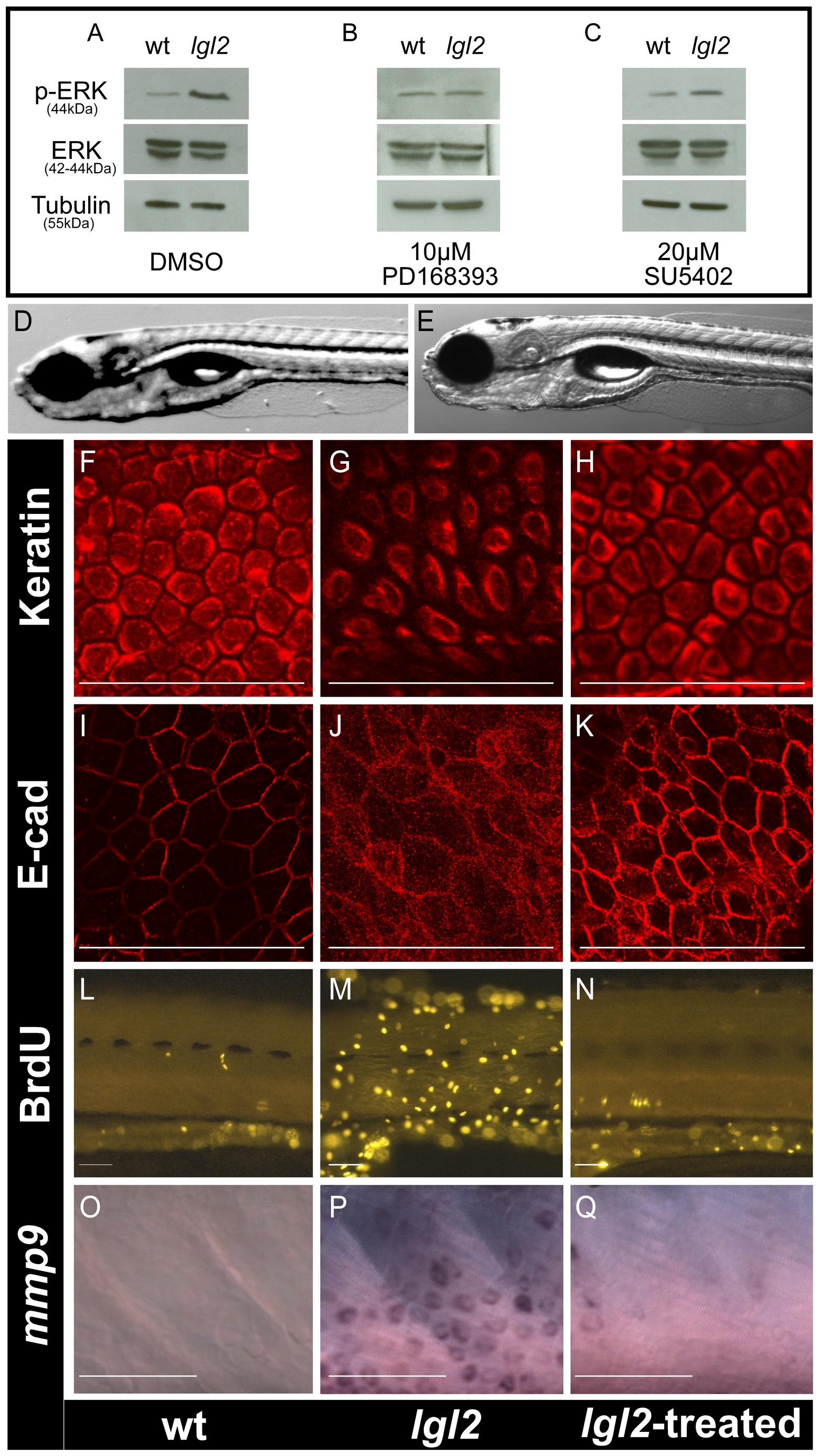Fig. 4 Inhibition of ErbB signaling restores the epidermal morphology and cell cycle in pen/lgl2 mutant larvae.
Western blot analysis of Erk1/2 phosphorylation in untreated wild-type and pen/lgl2 larvae (A), larvae treated with PD168393 (B) and larvae treated with SU5402 (C). DIC images of wild-type (D) and pen/lgl2 mutant (E) treated with the ErbB inhibitor PD168393 and genotyped. The pan 1?8 cytokeratin antibody staining (F?H), anti E-cad staining (I?K), anti BrdU antibody staining (L?N) and in situ hybridization staining for mmp9 (O?Q) of the epidermis of wild-type (F, I, L, O) pen/lgl2 mutant (G, J, M, P) and mutant larvae treated with PD168393 (H, K, N, Q). In comparison to wild-type larvae (A, left lane, 44kD) Erk shows higher level of phosphorylation in pen/lgl2 mutant larvae (A, right lane 44kD). The levels of Erk phosphorylation are equal in the mutants treated with PD168393 (B) but not with SU5402 (C). The α-Tubulin levels (55kD) are indicative of equal protein loading. The epidermal cell morphology, E-cad localization, cell proliferation and mmp9 expression in pen/lgl2 larvae, treated with PD168393 (H, K, N, Q) appears similar to wild-type larvae (F, I, L, O) than the untreated mutant larvae (G, J, M, P). Note that PD168393 treated (rescued) larvae were genotyped to confirm their genotypes.

